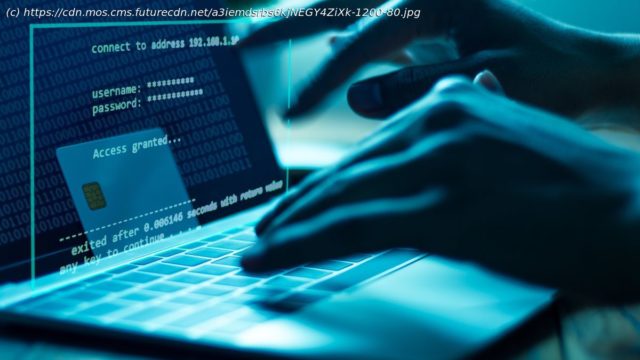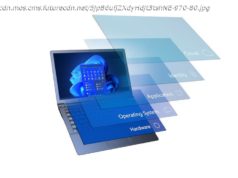Building the right culture is just as important as technology in Zero Trust security.
As IT environments continue to become more complex, it is increasingly clear that the trust model of cybersecurity (opens in new tab) is no longer fit for purpose. The trust model only works when it is used by a specific small group of employees accessing an IT environment that is only on-premise. However, as the hybrid way of working becomes the norm, it is increasingly risky to trust the variety of end points (opens in new tab) to manually adhere to all authentication measures and preventative procedures. IBM estimated that over the past year, businesses that were affected by data breaches lost an average of $4.24 million. Without the correct procedures in place, a critical data breach is just one click away. In the face of these challenges, many organizations around the globe are turning towards Zero Trust architecture. A notable example of this can be seen in May of 2021 when the President of the United States, Joe Biden, issued a mandate dictating that all federal agencies, such as the FBI, would have to align with Zero Trust architecture. Zero Trust is a cybersecurity model which utilizes constant identification and authentication across device, identity, and user, before any access to data is provided. This is done to ensure that sensitive data remains unexploited even if a bad actor has gained access to a certain IT environment. Through constant authentication, trust is essentially eliminated from the cybersecurity risk equation and nullified as a vulnerability. The effectiveness of the Zero Trust model relies as much on behavioral and cultural elements as it does on technological changes. The greatest risk to an organization cyber safety is human error. There needs to be an enormous cultural buy-in within a business to mitigate the risk from human workers. Bad actors have taken advantage of the enormous number of vulnerabilities that come about because of employees (opens in new tab) accessing data and work systems from home. As such, cybercrime has multiplied hugely since the beginning of mass remote working (opens in new tab).






